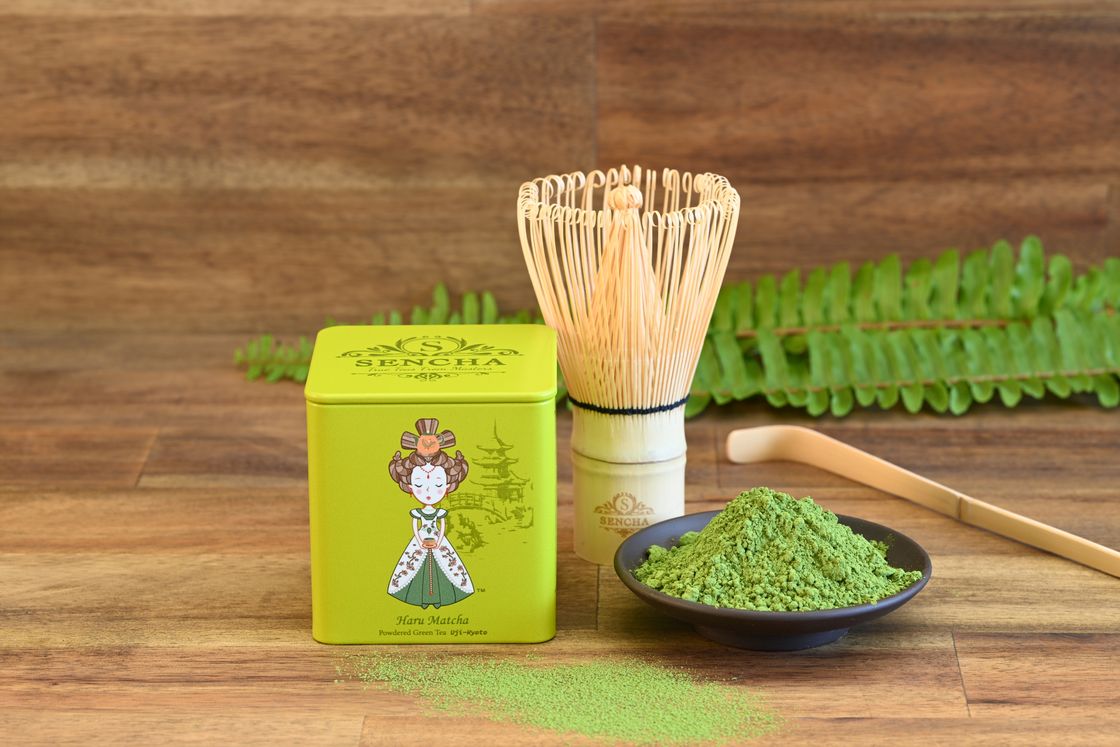
Health Benefits of Matcha Tea
Matcha tea, a finely ground powder made from specially grown and processed green tea leaves, has been celebrated for centuries in Japanese culture. A good quality matcha contains numerous health benefits in both physical and mental well-being, making it a holistic choice for daily wellness.
In my own life, I only have my eyes on authentic teas, including matcha. For me, sipping a good quality tea is more than taste; it’s about honouring the craftsmanship and the journey from leaf to cup, it’s a cornerstone of my daily routine. Each morning, I whisk a fresh bowl of matcha, savouring the earthy aroma and watching the vibrant green froth form. It’s a simple yet intentional ritual that sets the tone for my day, offering both clarity and calm.
What I love most is how matcha supports my well-being. The gentle caffeine boost helps me focus without the jitters, and knowing it’s packed with antioxidants makes every sip feel like a step toward a healthier me. It’s not just about the drink; it’s about the pause, the mindfulness, and the joy of indulging in something truly good for the body and soul.
If you’ve never tried incorporating high-quality matcha into your life, I can’t recommend it enough. Start small—maybe one cup a week—and let it become a moment just for you. Once you experience its rich flavour and the sense of balance it brings, you might just find it’s something you look forward to, too.
Why good quality of matcha matters?
The quality of matcha significantly impacts its health benefits because the production process, leaf selection, and overall purity determine the concentration of essential nutrients and bioactive compounds. Here's why choosing high-quality matcha matters:
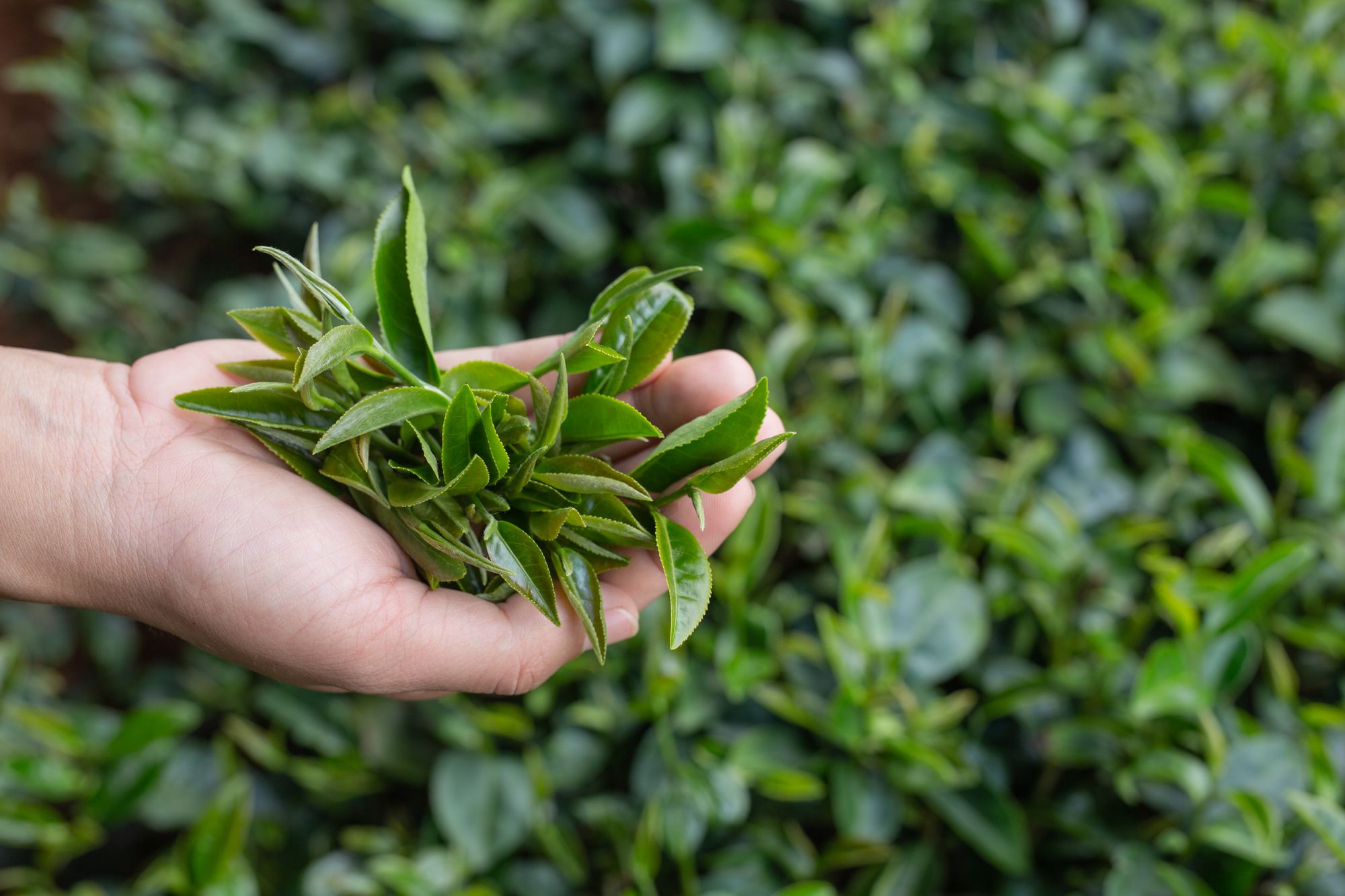
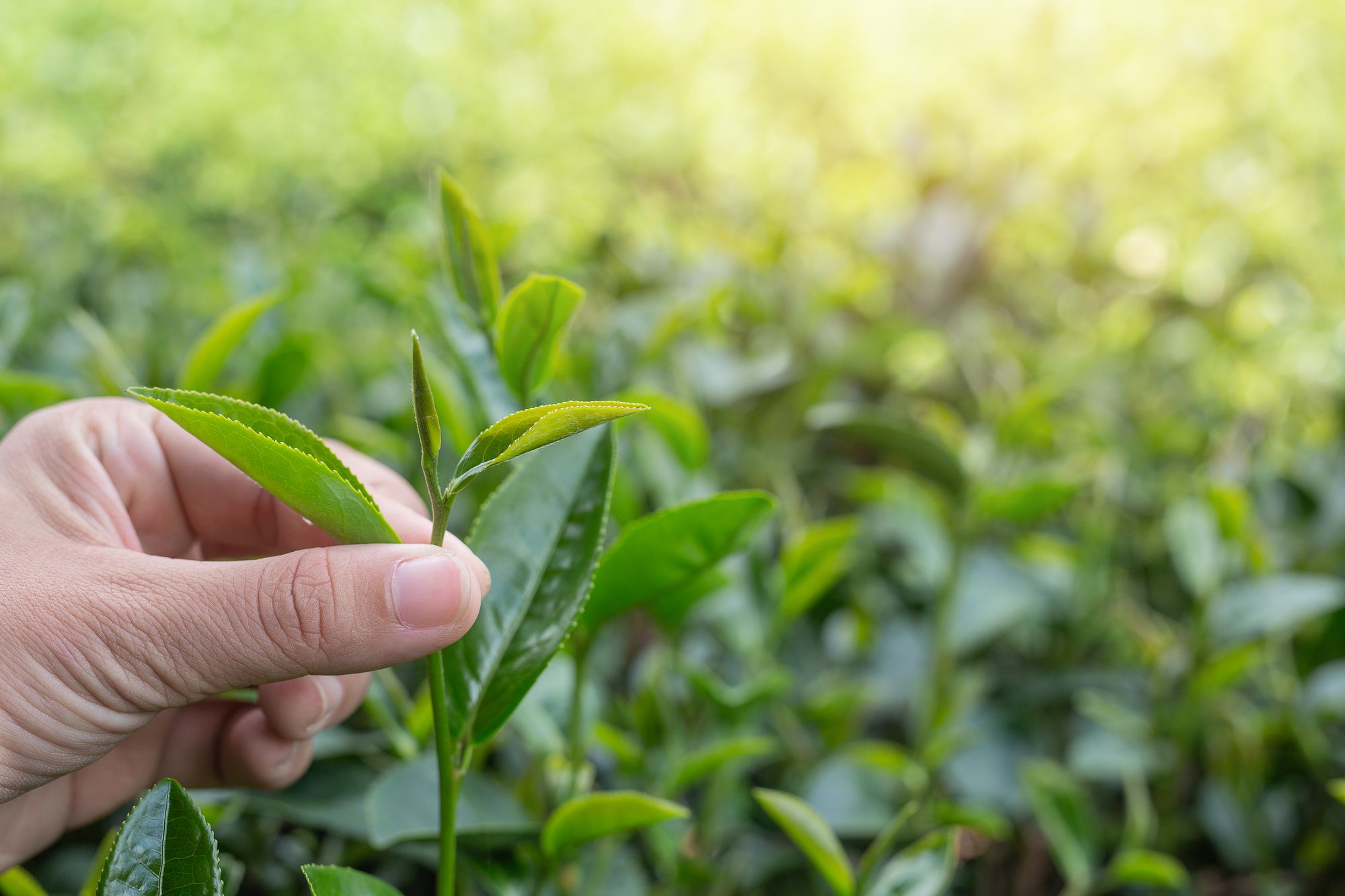
1. Higher Levels of Antioxidants
Good quality matcha contains higher amounts of epigallocatechin gallate (EGCG), a powerful antioxidant. Antioxidants neutralize free radicals, reducing oxidative stress and lowering the risk of chronic diseases such as cancer, cardiovascular issues, and inflammation.
- Impact of Poor Quality: Lower grade matcha often contains fewer catechins due to less shading during cultivation and subpar leaf quality.
2. Greater Chlorophyll Content
Top-quality matcha undergoes a shading process before harvest, which boosts chlorophyll levels, providing detoxifying properties that help cleanse the body of toxins.
- Impact of Poor Quality: Matcha made from poorly shaded or older leaves has lower chlorophyll content, resulting in diminished detox benefits.
3. Enhanced L-Theanine for Calm Focus
Premium matcha is rich in L-theanine, an amino acid that promotes relaxation, reduces stress, and improves focus. L-theanine also works synergistically with caffeine for sustained, calm energy.
- Impact of Poor Quality: Cheaper matcha, often made from lower-quality or unshaded leaves, lacks the same levels of L-theanine, reducing its ability to provide these cognitive benefits.
4. Fewer Contaminants and Additives
High-quality matcha is often grown with care, free from pesticides, heavy metals, or artificial additives. Authentic producers use traditional methods to ensure the purity of the powder.
- Impact of Poor Quality: Lower grade matcha may contain fillers, additives, or contaminants that diminish its nutritional value and could pose health risks over time.
5. Better Nutrient Retention
Top-tier matcha is produced using slow stone-grinding techniques, which preserve the nutrients and flavour profile of the leaves.
- Impact of Poor Quality: Machine-ground matcha generates heat, which can degrade sensitive compounds like catechins and vitamins.
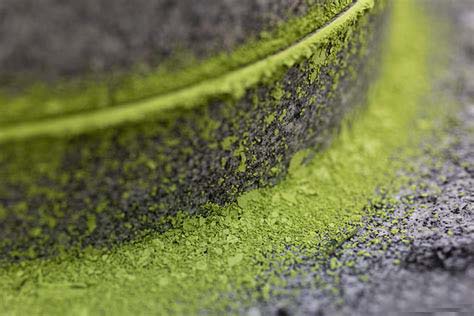
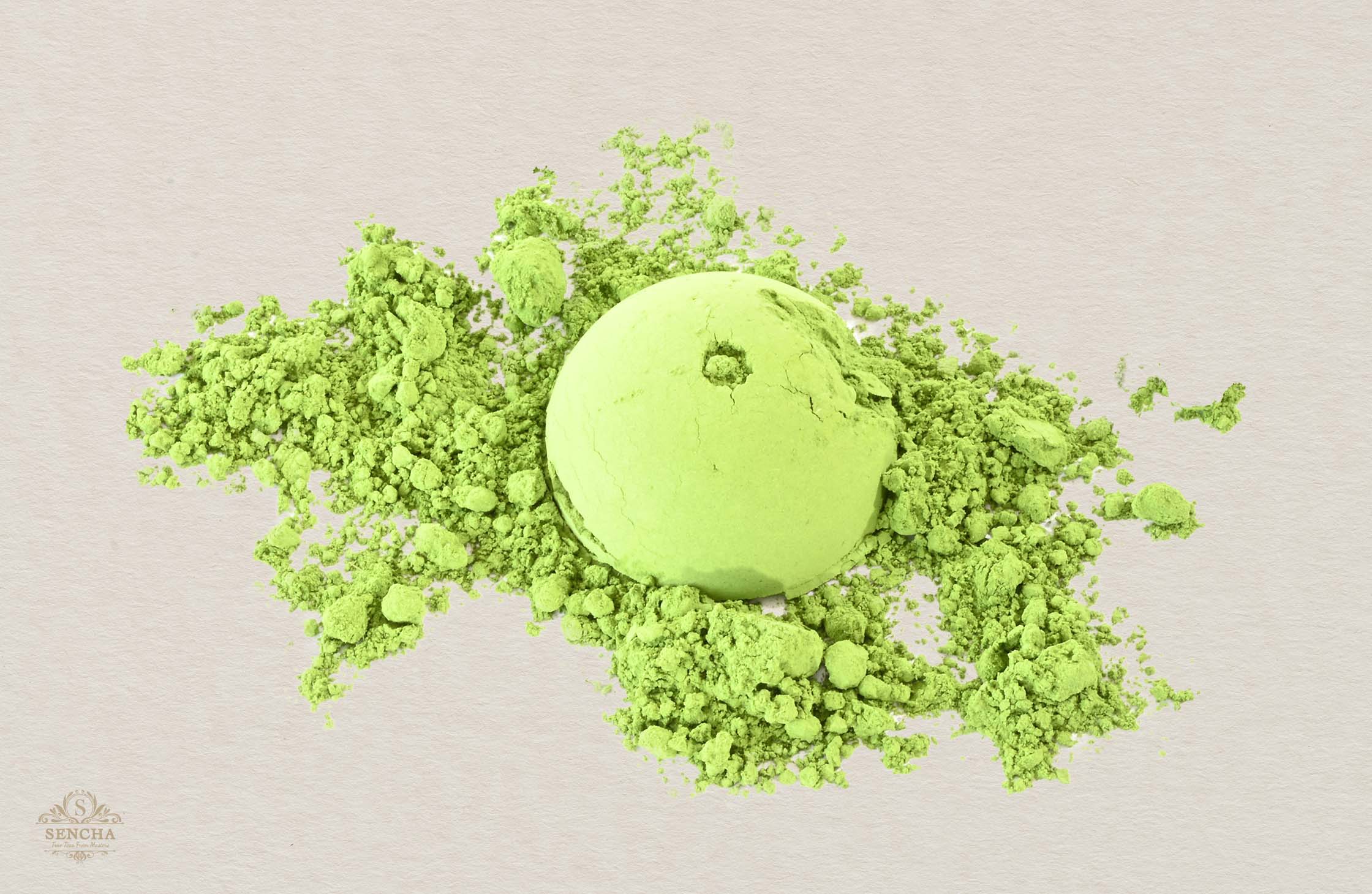
6. A Superior Taste Experience Encourages Regular Consumption
Good quality matcha has a naturally sweet, umami flavour with minimal bitterness, making it enjoyable to consume daily. Regular consumption is key to reaping matcha’s full health benefits.
- Impact of Poor Quality: Bitter, harsh tasting matcha discourages consistent use, meaning you miss out on its potential health benefits.
Where to find good quality matcha?
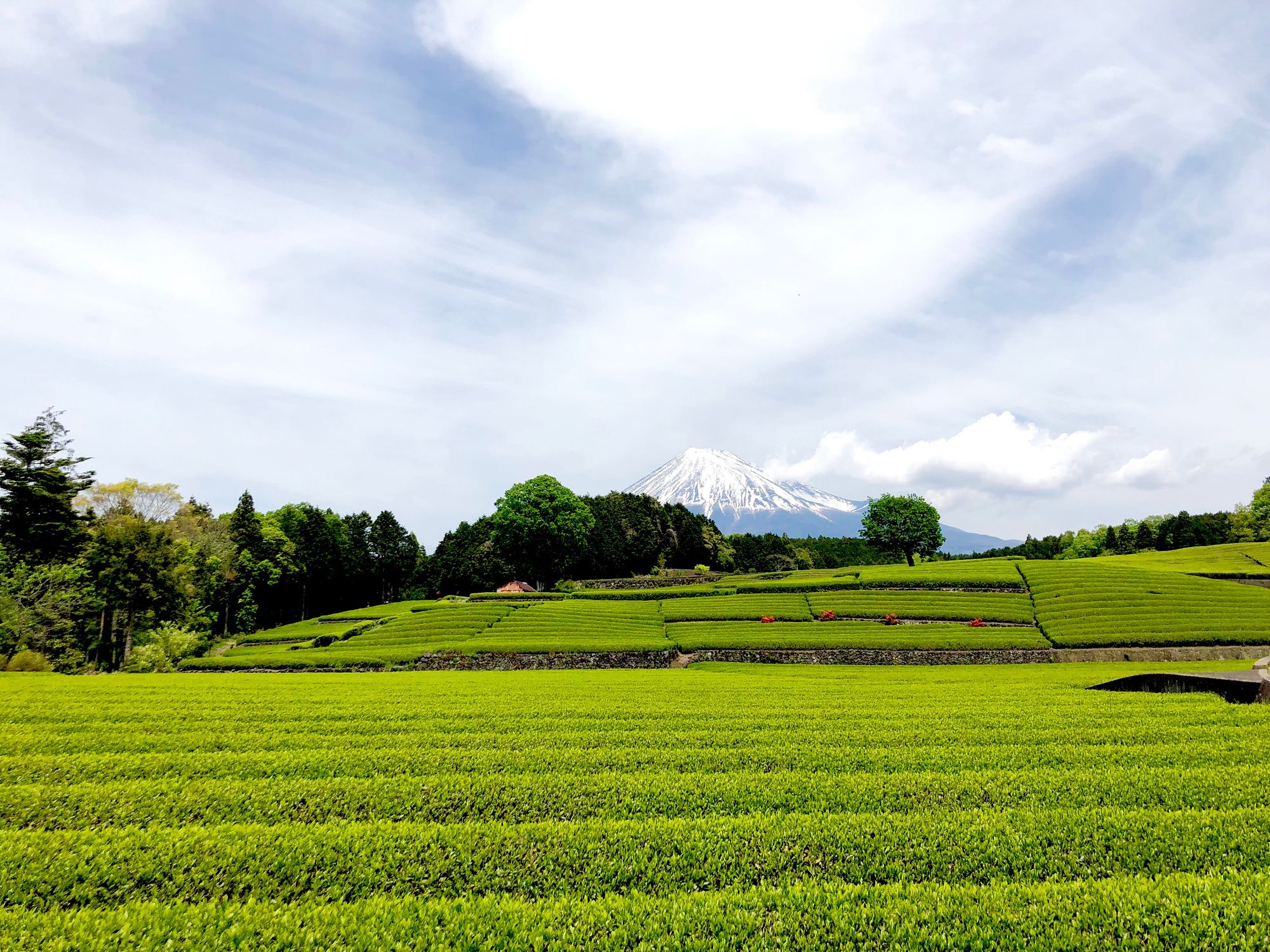
High-quality matcha primarily comes from regions in Japan known for their rich tea-growing traditions and ideal climatic conditions. The most notable regions include:
1. Uji (Kyoto Prefecture)
Uji area is world-renowned for producing some of highest quality matcha. If you're looking for premium matcha with unparalleled flavour and authenticity, matcha from the Uji area is an excellent choice.
- Uji is regarded as the birthplace of Japanese matcha and is synonymous with premium quality.
- It’s ideal balance of temperature, humidity, and misty environment produces matcha with a vibrant colour, smooth texture, rich umami flavour, and naturally sweet taste.
- Tea bushes in Uji are shaded for 20–30 days before harvest, enhancing the production of chlorophyll and L-theanine. This shading process is critical for achieving the rich umami and sweetness that Uji matcha is known for.
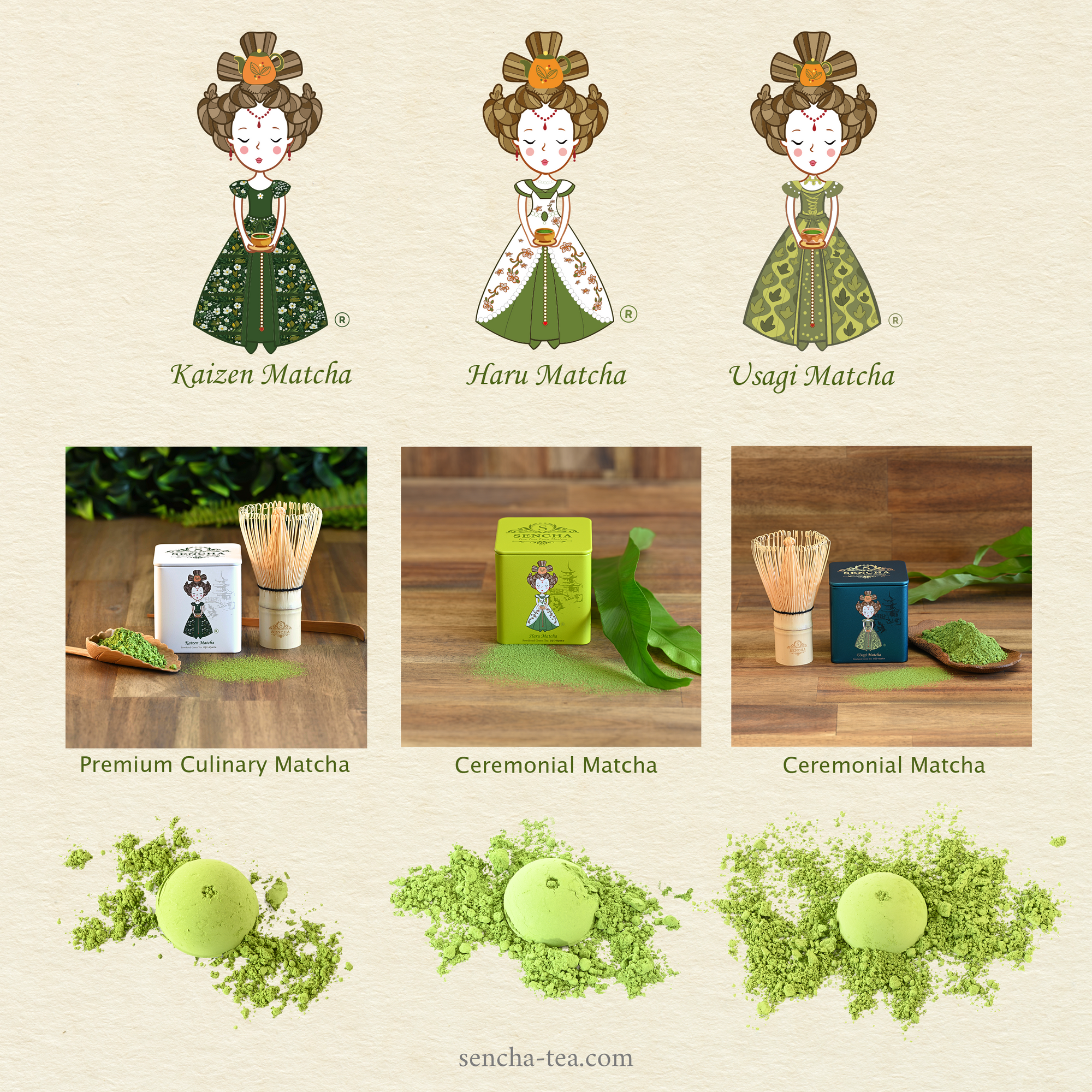
2. Nishio (Aichi Prefecture)
- Nishio is another leading region for matcha production, known for its dedication to traditional cultivation techniques.
- Matcha from Nishio is characterized by its deep green colour and light sweet taste.
3. Shizuoka
- This region produces a significant portion of Japan's tea, including matcha, thanks to its fertile soil and consistent climate.
4. Kagoshima
- Located on Kyushu Island, Kagoshima's volcanic soil and mild weather contribute to its reputation for producing high-quality matcha.
While Japan is the most renowned source, other countries like China and Korea also produce matcha, though their quality and flavour profiles often differ. For the best matcha experience, opt for ceremonial grade matcha from reputable Japanese producers.

